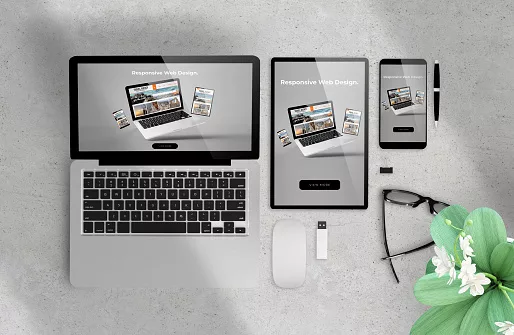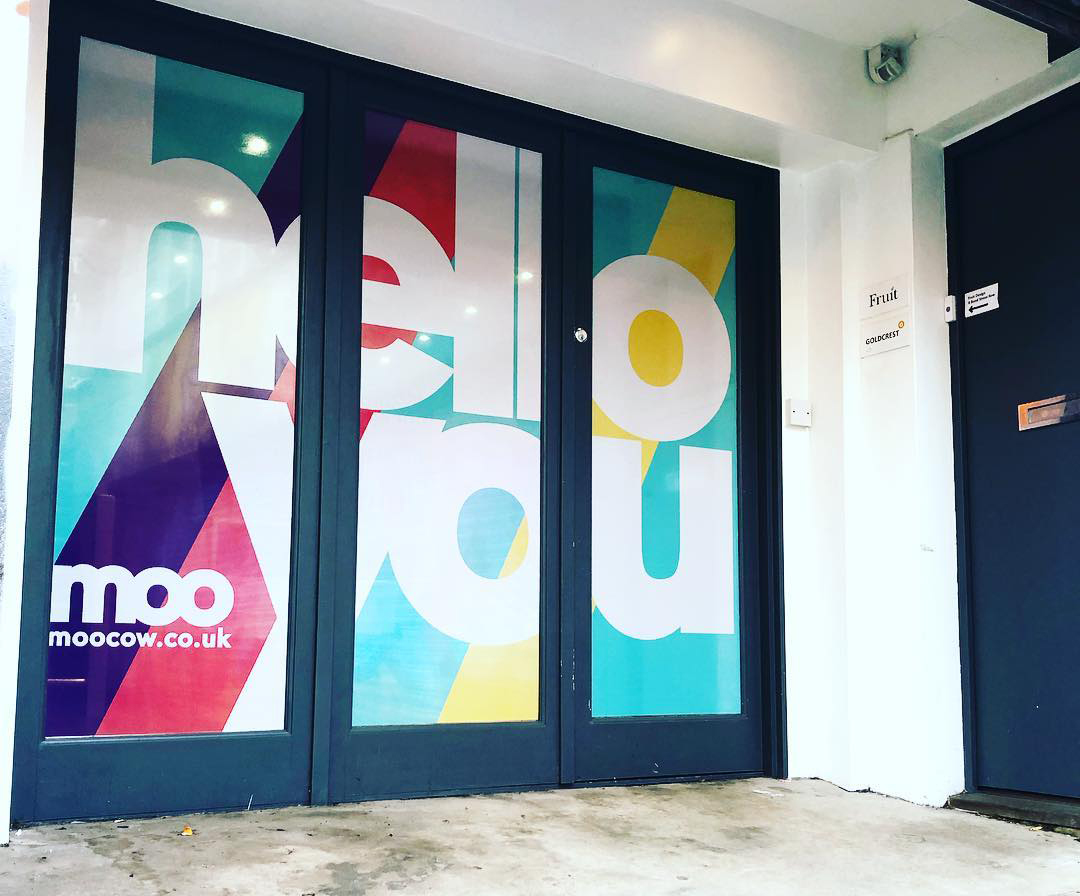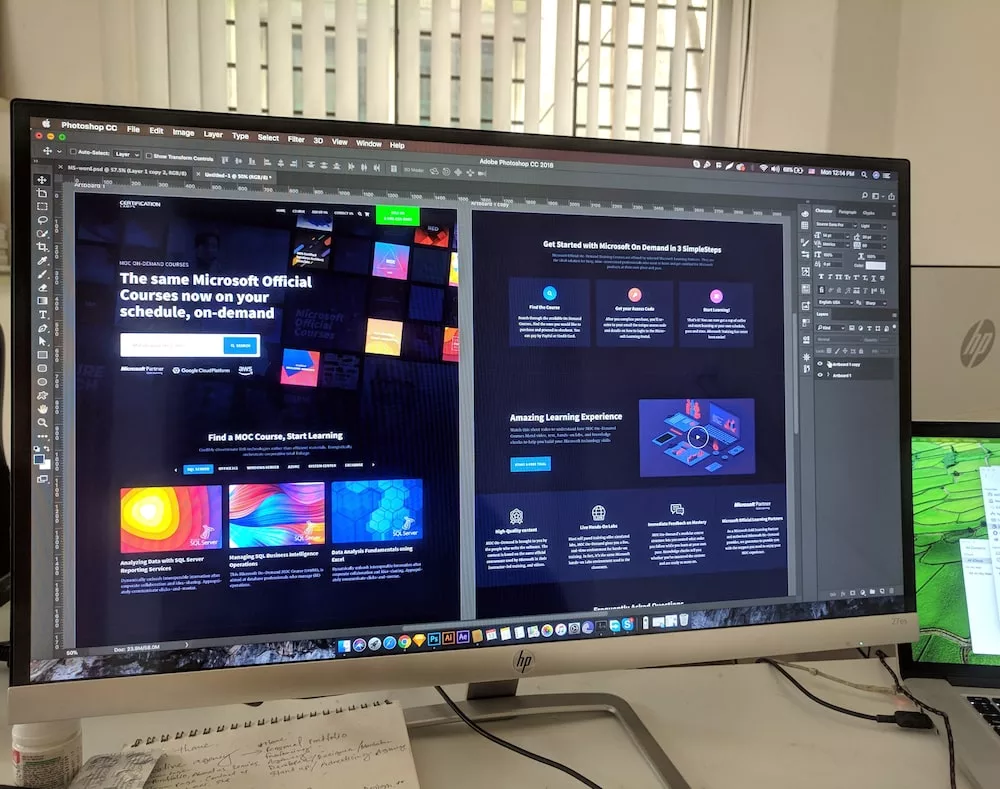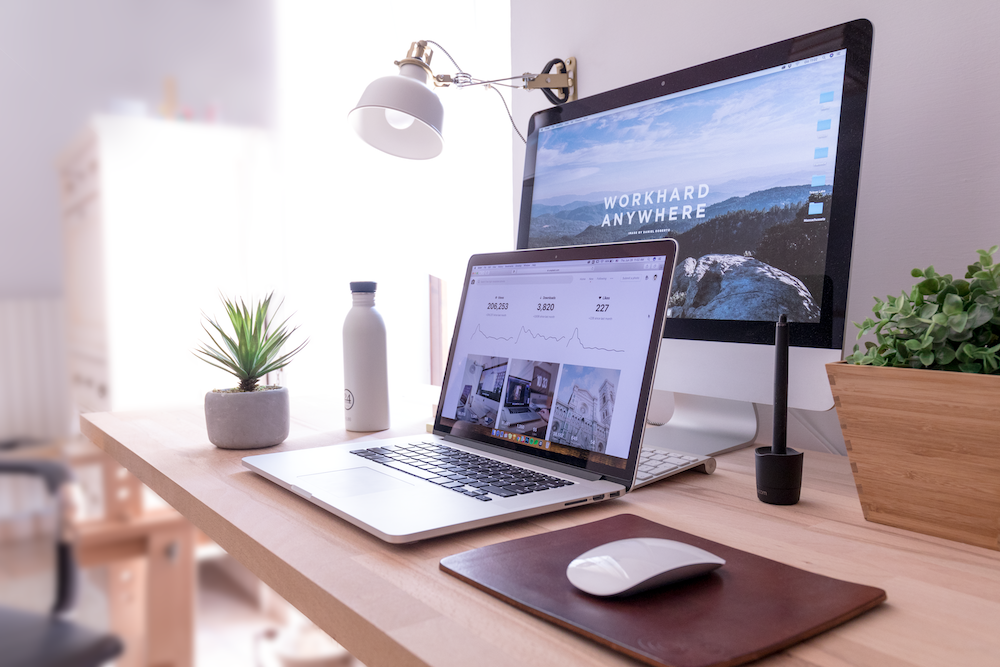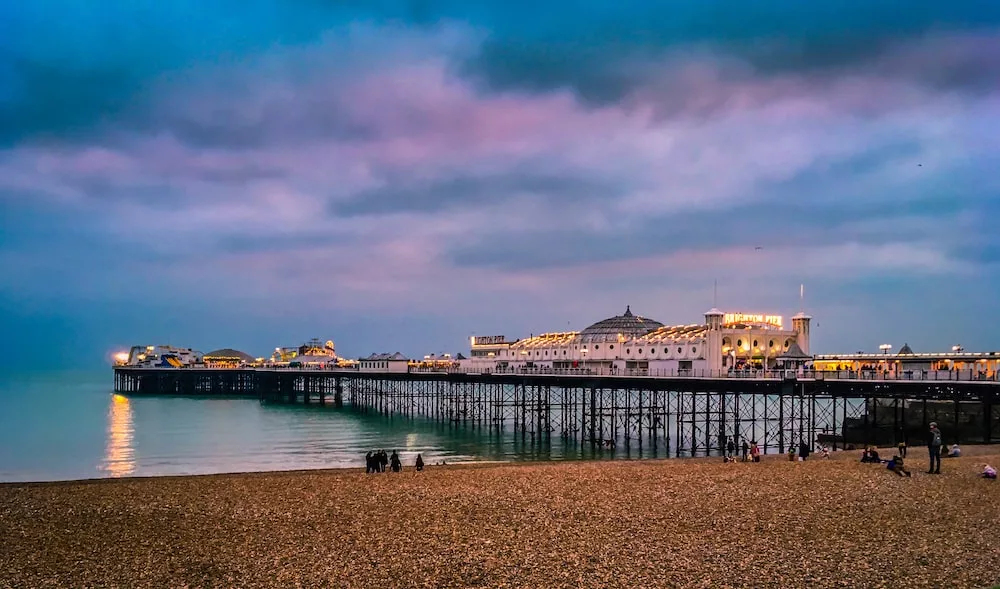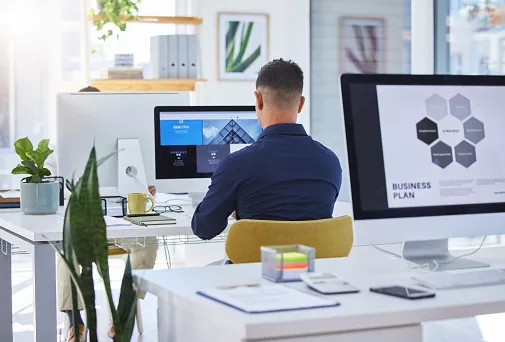Top Web Design Trends in Brighton: A Guide to Creating Eye-Catching Websites
When it comes to web design, Brighton is a hub of creativity and innovation. From bold typography to vibrant colors, there are many trends that have emerged in recent years that have helped to shape the look and feel of websites in this coastal city. Here are some of the top web design trends in Brighton that you can incorporate into your own website design:
-
Bold Typography
One of the most noticeable trends in web design in Brighton is the use of bold typography. Websites are using eye-catching fonts to create a strong visual impact and make a statement. Large, bold headlines, often combined with sleek and minimalistic fonts, are becoming increasingly popular. This trend is particularly effective for businesses that want to stand out in a crowded marketplace.
-
Vibrant Colours
Brighton is a city that is known for its vibrancy and energy, and this is reflected in the web design trends of the city. Bright and bold colors are being used to make websites more dynamic and engaging. These colors are being used in backgrounds, text, and other design elements to create an immersive experience that captures the attention of visitors.
-
Mobile Responsiveness
In an age where mobile devices are used more than desktop computers, web design in Brighton is focusing heavily on mobile responsiveness. Websites are being optimized for mobile devices to ensure they display correctly and are easy to navigate. Mobile responsiveness is a must for any website in Brighton, as it helps to enhance the user experience and improve the chances of visitors staying on your site.
-
Minimalism
Minimalism is a design trend that has been around for a while, and it’s still going strong in Brighton. Websites are being designed with a clean and simple aesthetic, using white space and minimalistic design elements. This creates a sophisticated look that is easy to navigate and visually appealing.
-
Illustrations
Illustrations are being used in web design in Brighton to add a touch of personality and creativity to websites. Hand-drawn illustrations and animations are being used to create a unique and memorable experience for visitors. This trend is particularly popular with businesses that want to showcase their creativity and stand out from the competition.
-
Micro-Interactions
Micro-interactions are small interactions that occur when a user performs an action on a website, such as clicking a button or scrolling down a page. In web design in Brighton, these micro-interactions are being used to enhance the user experience and create a more engaging website. From subtle animations to hover effects, these small interactions can make a big difference in how visitors interact with your site.
Web design in Brighton is constantly evolving, with new trends emerging all the time. By incorporating some of these trends into your website design, you can create a visually stunning and engaging website that stands out from the competition. Whether you’re a small business or a large corporation, the right web design can help you to achieve your goals and grow your online presence.

